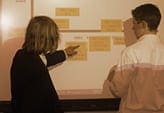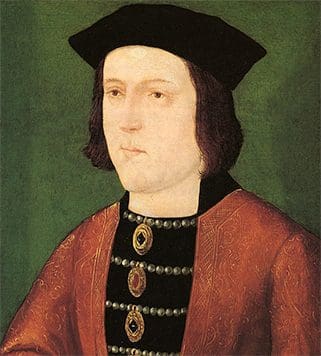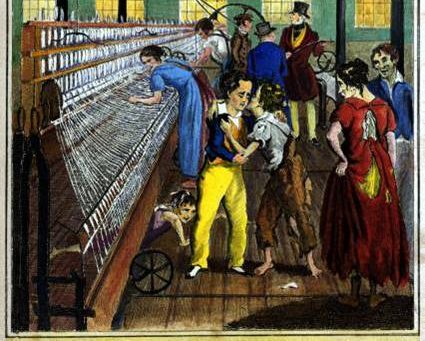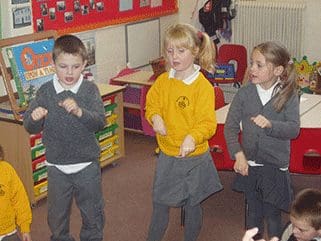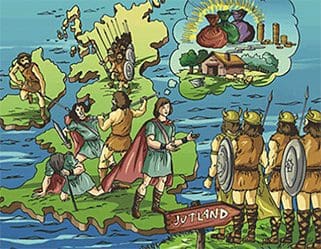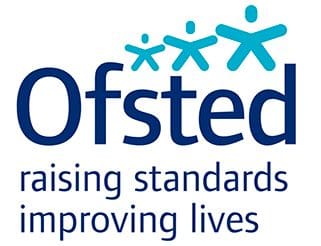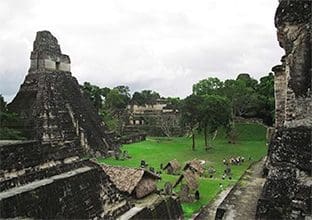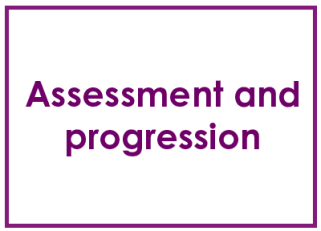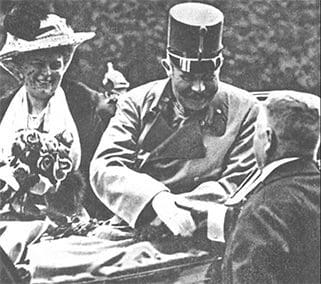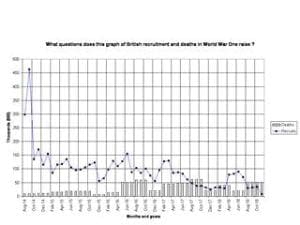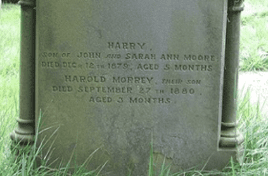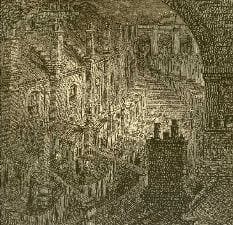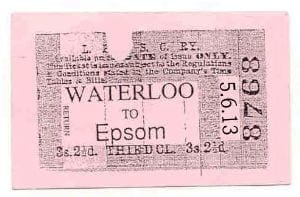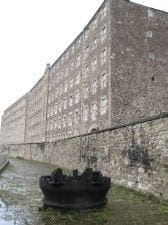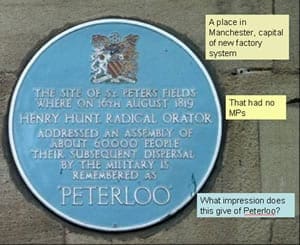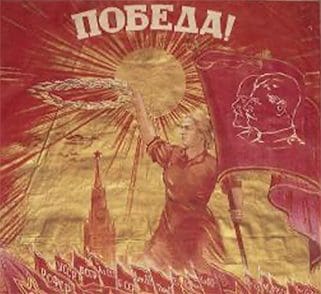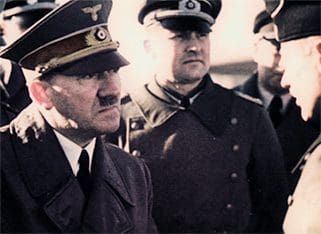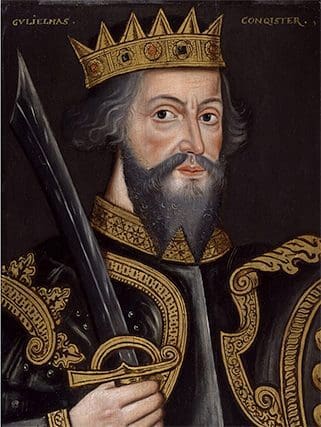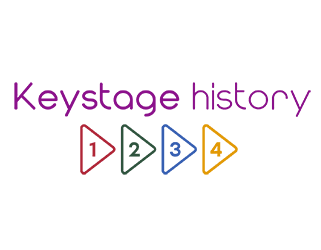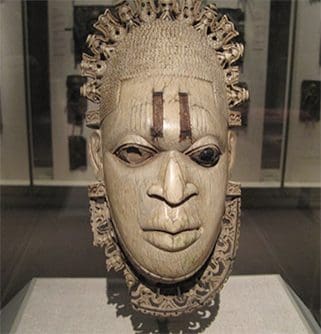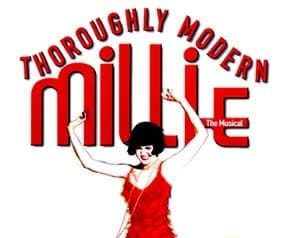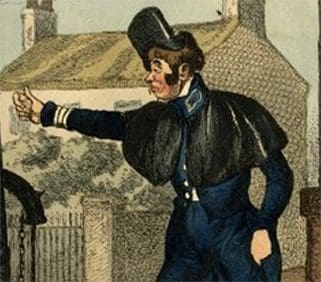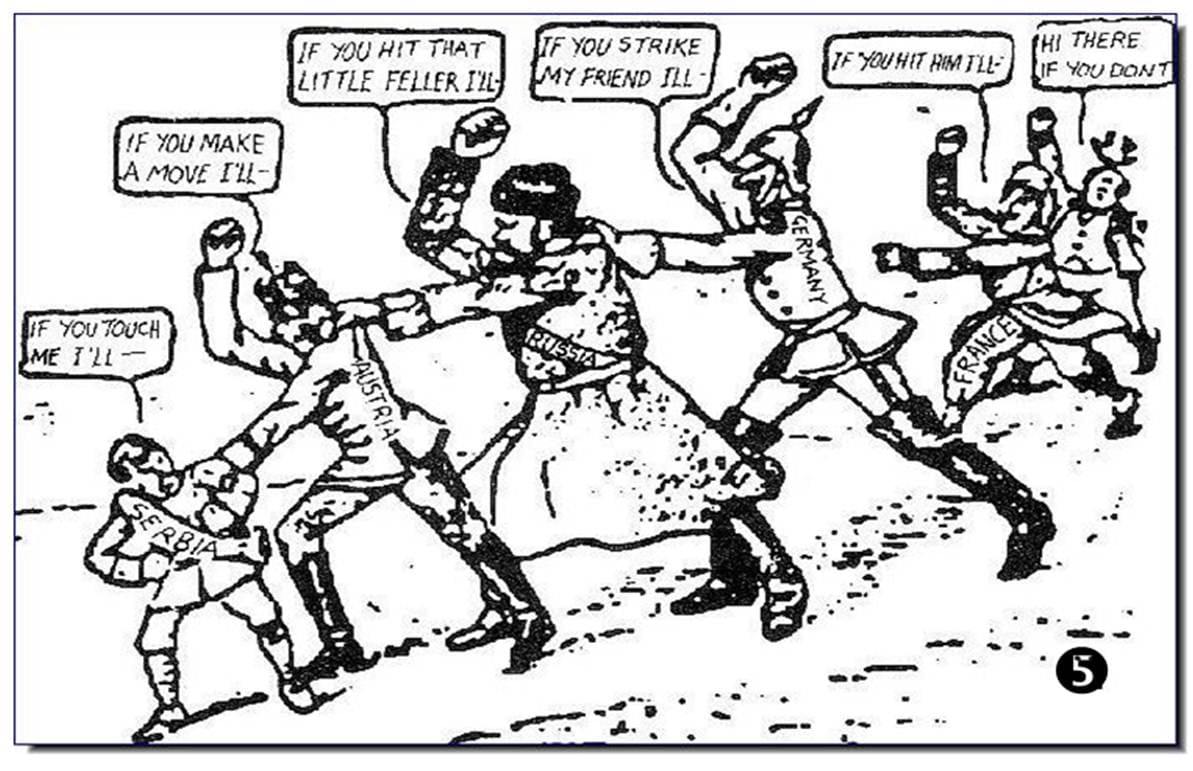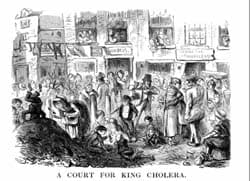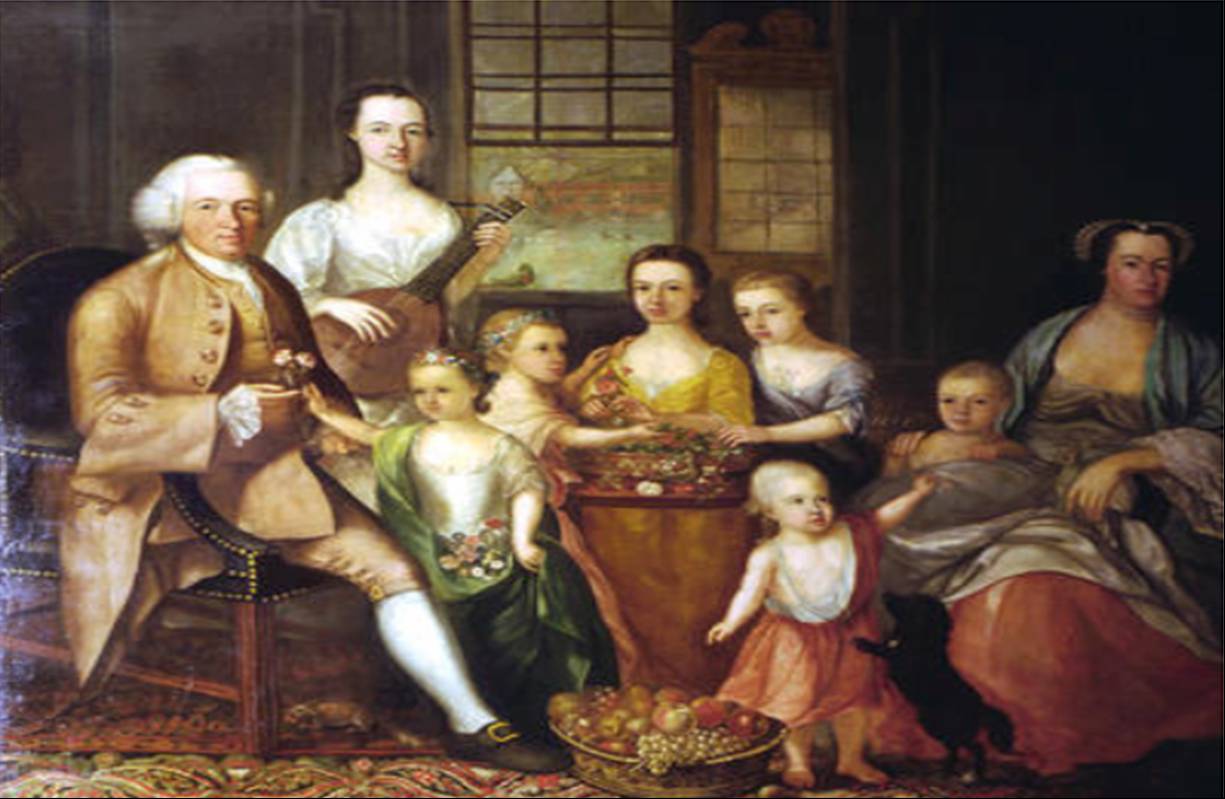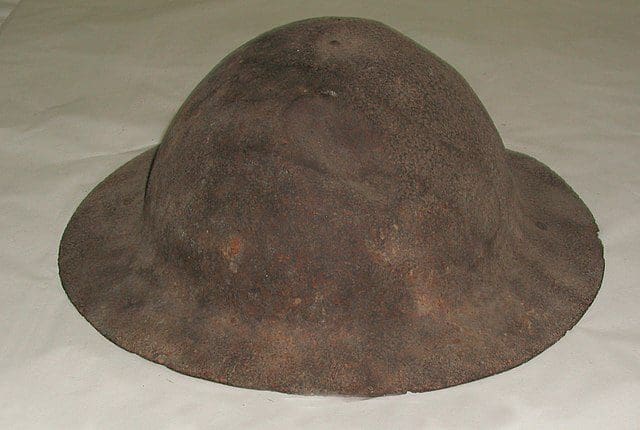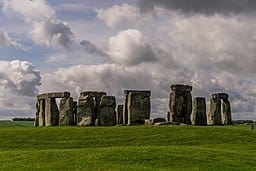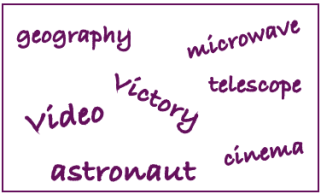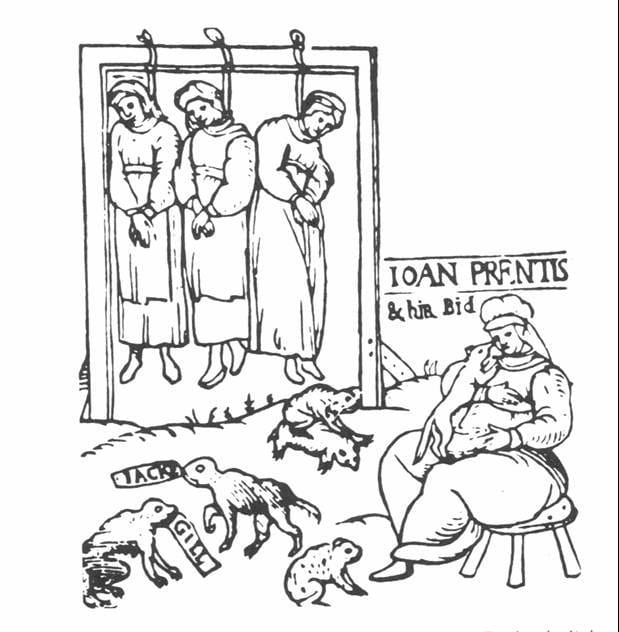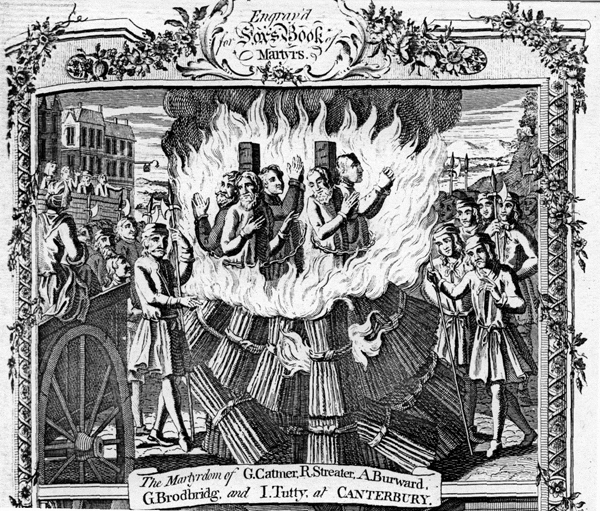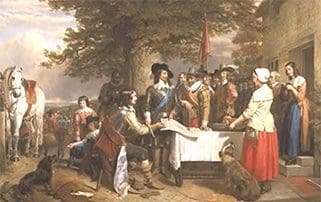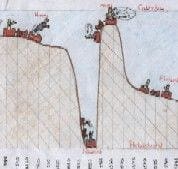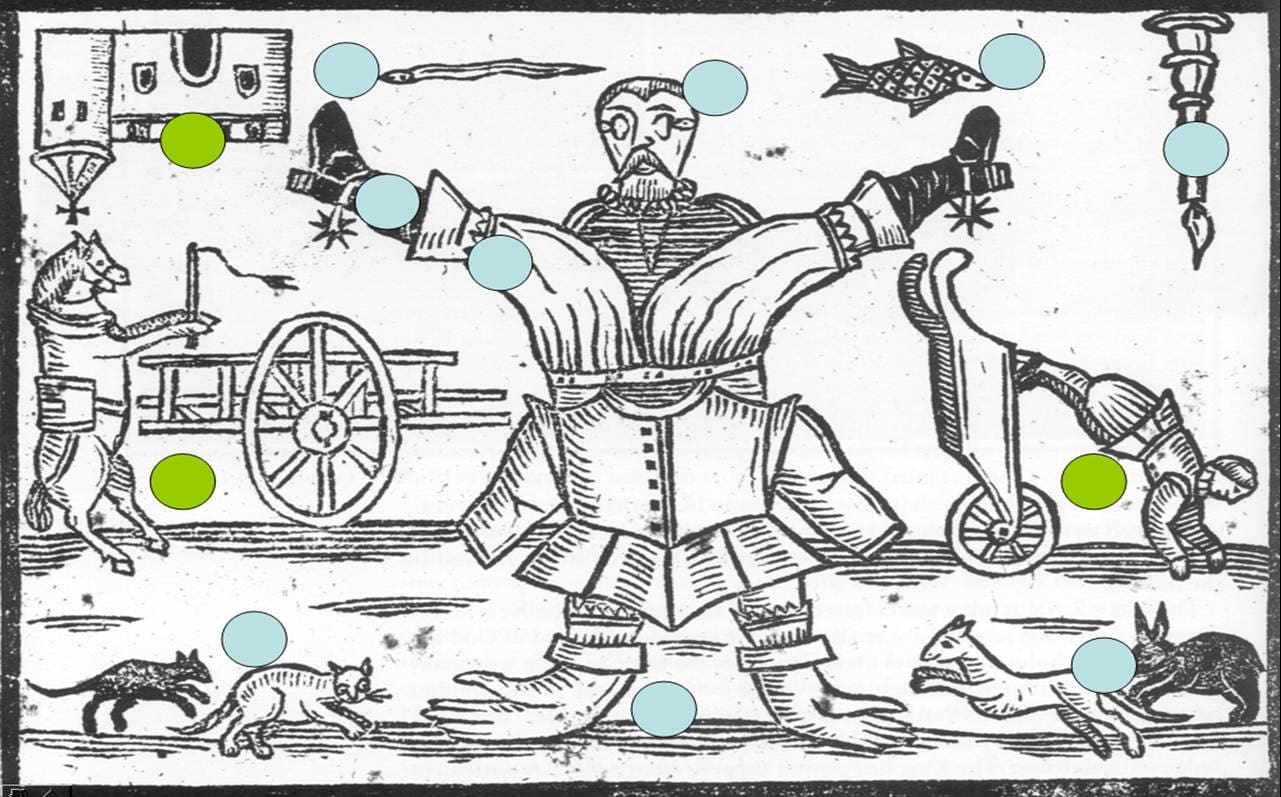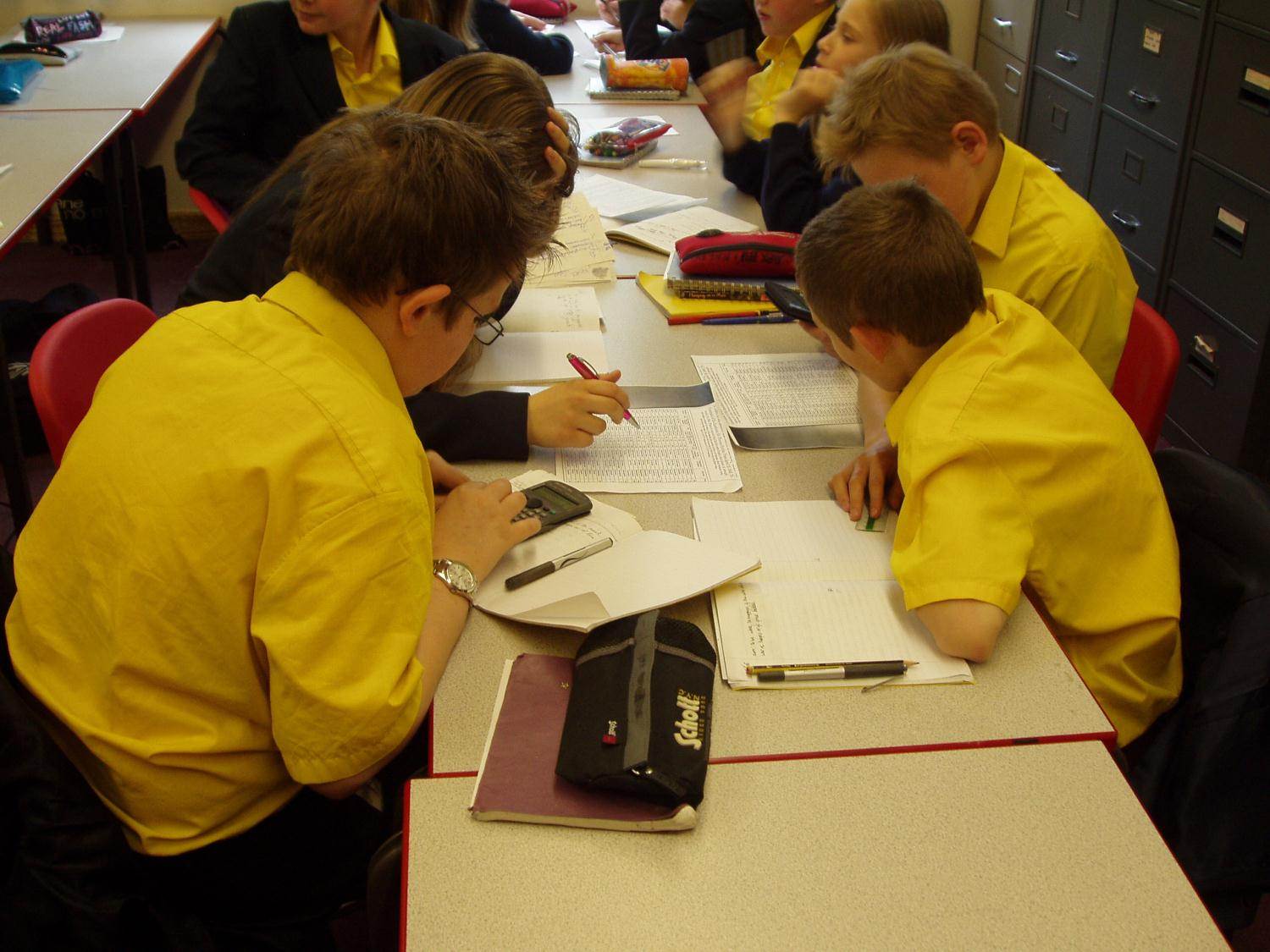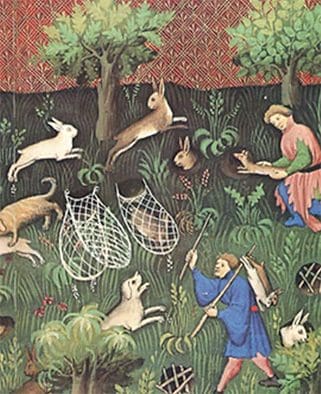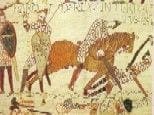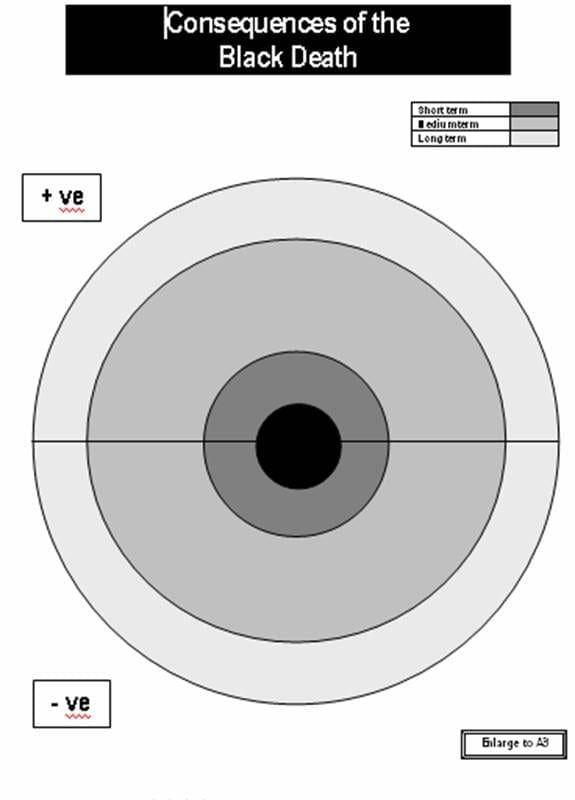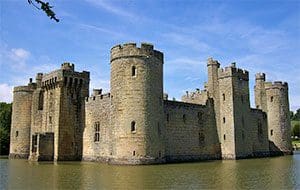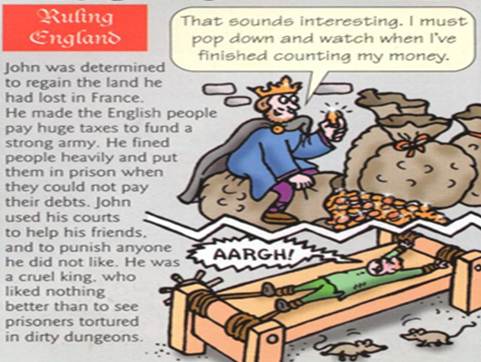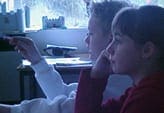Keystage history
History and numeracy at Key Stage 4
With so much else to focus on in GCSE history you would be pardoned for thinking that this is not…
Read MoreHistory and literacy at Key Stage 4
What OFSTED said they were looking for in history lessons when reviewing literacy across the curriculum when they last published…
Read MoreCitizenship at Key Stage 4
Am I alone in feeling the pitiful irony of history not being a compulsory subject at Key Stage 4, whereas…
Read MoreCurriculum models at KS4
As most courses are a blend of SHP and Modern World and there will be at least two new topics…
Read MoreCurriculum rationale for history at KS4
Choice of specification and order of teaching You will all been settled into your new GCSE course.If you’re thinking of…
Read More’50’ imaginative learning activities for Key Stage 4
We all know that the learning experience for students at Key Stage 4 could be more varied in some schools….
Read MoreLESSON IDEA: Edward IV was more successful as a king in his second reign than his first’. How far do you agree with this view?’
Activities 1. Introductory. Brainstorm Edward’s achievements and failures. 2. Provide students with cards for them to place on a spectrum…
Read MoreKeeping up-to-date with your teaching of Victorian Britain at KS2
We often talk to children about the benefits that brought so many people into industrial towns in the first half…
Read MoreThe learning process in history at KS 1
Given that this site specialises in giving practical support to busy teachers and subject leaders, you may be surprised to…
Read MorePush or Pull? What were the real reasons why the Saxons invaded? SMART TAKS KS2
A fun thinking skills activity in which pupils infer from visual clues before moving on to analyse a range of…
Read MoreExpert advice on local history at KS1 and KS2 by OFSTED lead inspector
Ex-subject lead for history at OFSTED has recently written this very helpful booklet for English Heritage. A great place to start…
Read MoreGove admits need to U-turn on history proposals
Listening doesn’t come easy to Gove. He’d rather just pontificate about what he thinks is best for us, irrespective of…
Read MoreGuidance Non Western Civilisations: Teaching Islam/Maya/Benin
This new topic is perhaps one of the most demanding in the Key Stage 2 curriculum. Admittedly Benin and Maya…
Read MoreAssessing students’ work
Answering judgement type question at AS level Typical stems for questions which call for students to make and to justify…
Read MoreSomething about an ostrich – the assassination of Franz Ferdinand as a mystery to be solved
Pupils are fed information, asked to formulate their theories on who was killed, who did it, how, why and when….
Read MoreDid the number of deaths on the Western Front in World War One have any effect on the numbers joining up?
This superb lesson was the original idea of the history team at Toynbee School, near Southampton, and specifically the work…
Read MoreSmart Task: Infant Mortality – Key Stage 3
Puzzle corner: SMART thinking skills task on why so many infants continued to die before their first birthday at a…
Read MoreDid London really look like this in 1870? Your chance to test the evidence
Pupils are shown an engraving produced by Gustav Dore in 1872. It is the one you often find in KS3…
Read MoreWhat’s the truth behind the Suffragette derby of 1913?
This lesson is always popular. By adding newsreel footage and facsimile artefacts to the usual array of photographs and documentary…
Read MoreDid the Factory Act of 1833 make any difference at all? An enquiry
This lesson starts with a review of problems for factory workers in the 1830s before looking at the legislation. Were…
Read MoreThe Peterloo enquiry; who was to blame?
The ‘Peterloo massacre’ was one of the defining events of its age. You could almost draw parallels with Amritsar, Sharpeville…
Read MoreWhy did Bolshevism survive in Russia between 1917 and 1924? SMART TASK AS-A2
This task asks students to investigate the perplexing question as to why the Bolshevik regime was able to survive from…
Read MoreWhy was Hitler able to consolidate his position in power between January 1933 and August 1934? Smart Task KS4
This smart task works as a starter. Students are given 7 reasons why Hitler came to power. In just 5…
Read MoreHow far did life really change when William the Conqueror became king after the Battle of Hastings? SMART TASK KS3
Pupils have to design a set of stamps to show the 5 biggest changes introduced by William the Conqueror after…
Read MoreIs this really the end of the Tudors, Victorians and WW2 at Key Stage 2?
Aside from Ancient Egypt, these are the three best taught history topics in KS2 so it is madness to ditch…
Read MoreRationale for teaching Benin (West Africa) c. AD 900-1300 as your non-Western society in the KS2 history National Curriculum for 2014
There are two principal reasons why I think Benin was included as one of only three optional non-Western societies. The…
Read MoreThoroughly Modern Millie: How do we know this song is about Flappers? A quick musical starter
Students are given the lyrics of a song about flappers (copy provided) and have to find 10 references that prove…
Read MoreGCSE SHP Crime and Punishment: The Metropolitan police force in 1830: SMART TASK
This quick starter uses the slow reveal technique which encourages students to explore parts of a cartoon in a particular…
Read MoreHow well do these cartoons cover the causes of World War One?
In pairs, Y9/GCSE students visit 9 different cartoons posted around the wall. They have to work out: a. Which cause…
Read MoreCourt of King Cholera: Where am I in the picture?
This activity works in two ways; it activates pupils’ prior knowledge in a fun way and raises questions about conditions…
Read MorePuzzle corner 3: the strange case of the missing slave
Pupils will find that this example of a black slave, painted out of an eighteenth century painting of a tobacco…
Read MorePuzzle corner: The strange case of the steel helmet
A short intriguing starter activity for pupils presents them with a puzzle to solve. In the First World War, why…
Read MoreLatest research on Stonehenge- a must for KS2 teachers
The results of one of the largest DNA studies yet conducted show that soon after Stonehenge was built, Britain was…
Read MoreAncient Greece – KQ6 Part 2 – Short KS2 task on the Ancient Greek legacy: language
This is a fun activity looking at the contribution the Ancient Greeks have made to our language. Great for literacy. …
Read MoreWhy were so many witches hanged in the 16th and 17th centuries?
Can we beat the textbook explanation? The inspiration for this lesson came from the talented history department at Court Moor…
Read MoreHow ‘Bloody’ was Mary Tudor?
At the heart of the lesson is a courtroom trial. Pupils have to acquit Mary Tudor of the charge of…
Read MoreWhy did sons kill fathers in the English Civil War? The Verneys enquiry
Pupils in this Year 8 class had already looked at background causes of the English Civil War and had a…
Read MoreReligious change in 16th century: did they do what they were told?
Historians have often treated the Reformation as if it was one big event. All Henry VIII did was throw a…
Read MoreParchment in the flames – the World Turned Upside Down
This lesson uses a familiar post-Civil War source in an unusually intelligent way to give Y8 pupils a good understanding…
Read MoreDid the Great Fire really end the Great Plague of 1665?
In this one-lesson enquiry pupils look carefully at statistics and maps in order to challenge received opinion. To do so…
Read MoreEnglish Civil War enquiry: was the last year of the war more about sieges than pitched battles?
This enquiry lesson asks students to use a dataset about the last year’s fighting in the English Civil War to…
Read MoreWhy did Peasant unrest boil over into revolt in 1381?
Reasons for the Peasants’ Revolt This lesson uses the analogy of raising the political temperature, and then boiling over, to…
Read MoreDid Harold really die with an arrow in his eye? – a reconstruction relay
In this activity pupils reconstruct the death scene from the Bayeux tapestry by means of a short, fun, reconstruction relay…
Read MorePeasant’s Revolt: If life for many medieval peasants improved after the Black Death why did they risk joining the Peasants revolt in 1381?
This is a thinking skills activity, a variant of a history mystery, in which pupils construct their own explanation of…
Read MoreWas the Black Death a disaster for everyone?
This lesson is about the consequences of the Black Death. After an initial stimulus image, pupils are presented with a…
Read MoreIf Henry and Becket were such good friends why did Henry have him killed less than 10 years later?
This very active thinking skills lesson comprises three separate episodes. Firstly having listened to a brief teacher-told narrative, pupils have…
Read MoreDaggers, money bags, clay pipes, scrolls, and torn up maps of France: putting King John on trial using a range of exhibits
Carrying out a trial of a controversial character is far from new. We have all tried it at some time. …
Read MorePersonalised learning in history at KS 3
This is certainly one of the key areas to be focusing on in the next few years and lies at…
Read MoreGender issues in history at Key Stage 3
For all the research that has taken place recently to try to close the gender gap it is probably safe…
Read MoreGifted and talented in history at Key Stage 3
Provision for gifted and talented pupils has never been more in the spotlight than now. For all the work that…
Read More
